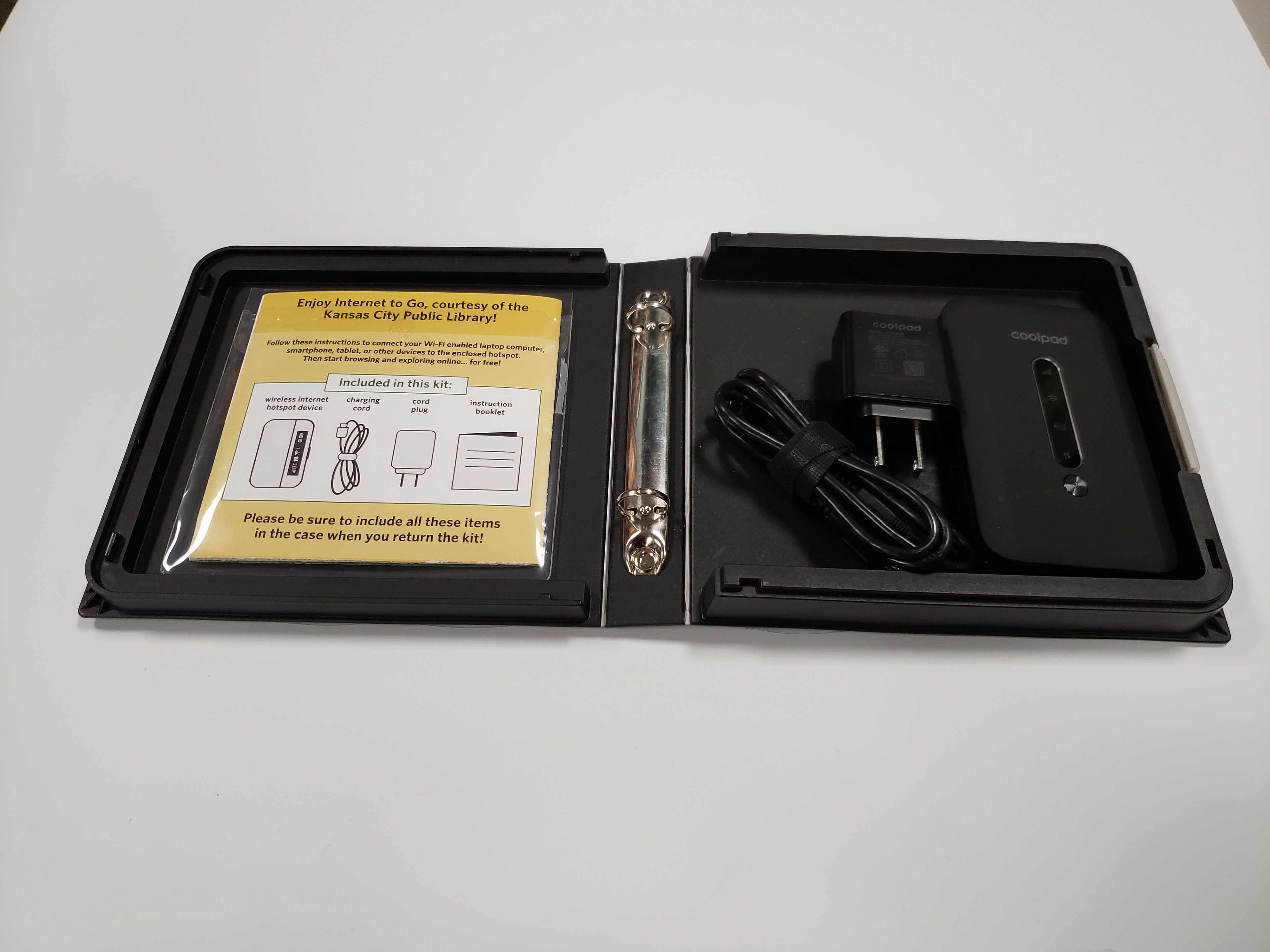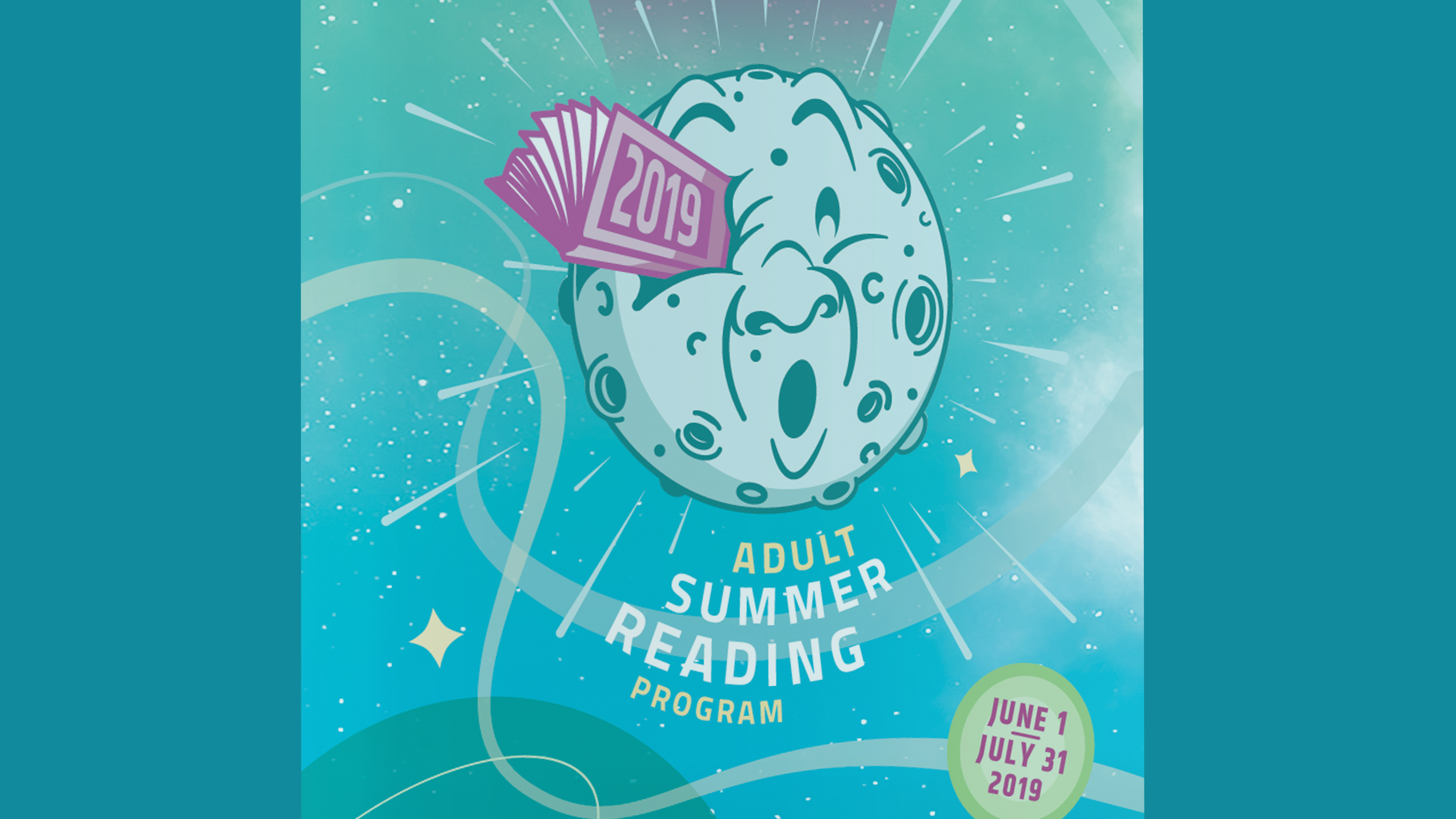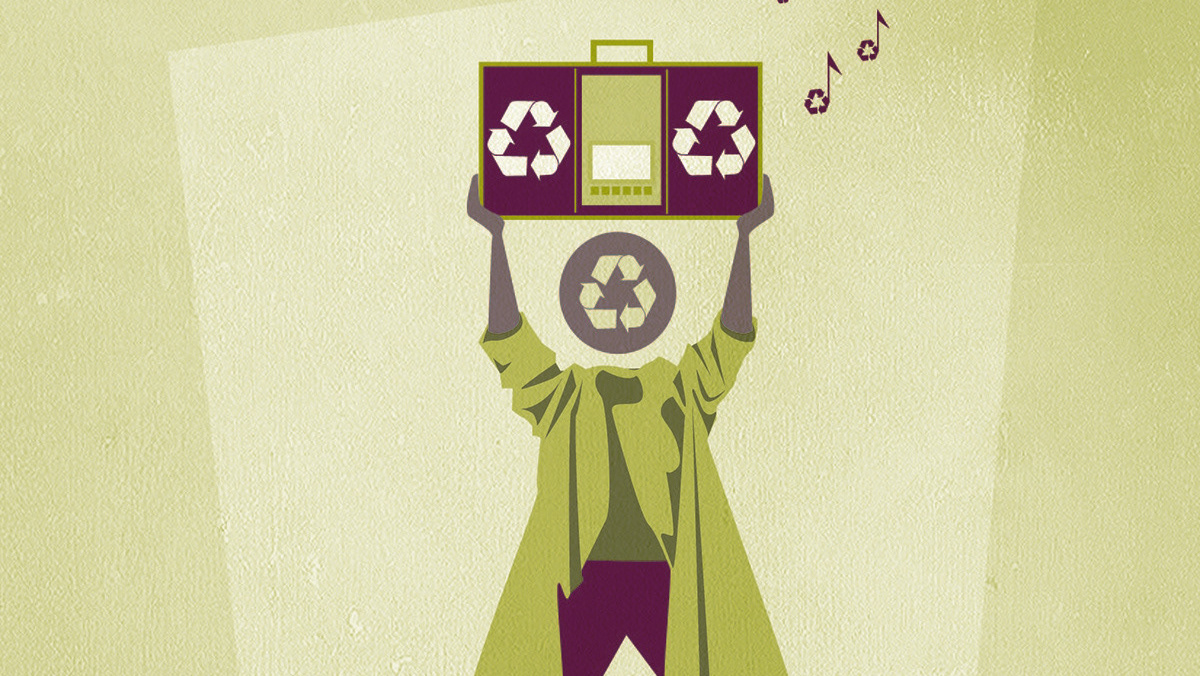CLIENT:
Kansas City Public Library
Kansas City Public Library
ROLES:
Concept / Design / Art Direction / Branding / Brand Asset Management / Production / Problem Solving / Communication Strategy
Concept / Design / Art Direction / Branding / Brand Asset Management / Production / Problem Solving / Communication Strategy
ABOUT:
During the pandemic, many libraries began exploring ways to lend out technology resources to patrons in need -- Wi-Fi hotspots and laptops among them. The Kansas City Public Library responded to the community's need in kind by developing our Tech to Go services.
The first stage began by fast-tracking a hotspot lending program that had already been in planning mode when COVID-19 hit in 2020. Lending hotspots provided a way to give patrons the ability to access the internet at home for free with their library card during a time when staying connected for work, school, and family purposes became essential.
As part of the project planning team, I was responsible for developing marketing materials to promote the service. While some of the work began prior to the shutdown in spring 2020, by mid-year we worked to launch the service more quickly than anticipated, which required a very fast turnaround in terms of creating a brand identity for the program and crafting initial communication plans.
Knowing that the the term "hotspot" had different connotations during a global pandemic, I suggested that we call our service Internet to Go, focusing on the clearest message: You can get internet access by borrowing a device from your library and take it with you. I developed a visual identity that made references to the idea of Wi-Fi with concentric circles and patterns of tablets, phones, and computers, and the color green further underscored the idea of "on the go" and open access. The primary work involved developing packaging and an instruction manual for what I called the Internet to Go Kit - a case containing the device and accessories. In-house printable materials and digital graphics were created, and I also wrote marketing copy for the service page on the Library's website, along with promotional blog posts and newsletter stories. The launch proved successful, so much so that other local library systems reached out to us to ask for our guidance in developing their own lending service, and repurposing the content and information we produced.
In 2022 we launched the companion Chromebooks to Go service, which allowed patrons to borrow a Wi-Fi enabled laptop for work, school, or personal use. As with Internet to Go, I collaborated with a project management team to develop the promotional materials; with the addition of this second service, I proposed creating an umbrella name for the suite of services to allow for any eventual expansion of other similar devices or technology available to check out. I subsequently came up with plans for the Tech to Go branding, which carried over what I created for the original Internet to Go and further applied it to the Chromebook program. I developed a marketing plan for service rollout, worked with our Digital Branch to set up a new structure on the Library website to account for the services, and designed and produced a suite of new print marketing materials, including bookmarks and display panels.
In the time since Tech to Go fully launched, both Wi-Fi hotspots and Chromebooks have been extremely popular with patrons, with frequent demand and use across the system.



Internet to Go Case and Booklet
When the planning team tasked with launching the Internet to Go hotspot program was working to explore what kind of cases might be used to hold the device and the other accessories, our Collection Development department determined that the easiest and most affordable approach would be using the same cases that are used to house multi-set DVDs or CDs. Among the most practical reasons was related to logistics: the cases are bought in bulk, and were already known to work with the Library's automated processing systems. So while this solved one piece of the project rollout, it posed some other challenges.
Using the plastic case meant that we had to rethink how we would provide instructions and reference information for users; I took on the task of testing and designing a multi-fold booklet specifically tailored to a ready-made plastic sleeve that was attached to the interior of the case. I ran a number of trials before landing on the final approach, working with our print vendor to determine a paper stock that would fold but hold up well over the span of many patron uses. For both internal staff and for our vendor, I set up a diagram to illustrate the folding method and explained how it should be inserted into the case.
In addition to the physical piece, I worked alongside project planning staff to develop the content and instructions. Knowing that many of the intended users were not necessarily going to be digital natives, I strove to provide clear and straightforward copy, using plain language as much as possible to ensure they would understand how to operate the device and know how to troubleshoot or contact the Library with questions.


Chromebooks to Go Instructions
In 2022 the Library expanded its offerings to include Chromebook lending. During the preparation for launch, I created a similar suite of instructional materials and graphics for use with the laptops, including desktop backgrounds and a print how-to quick reference guide for users. The guide was set up as an 8x10" sheet that was printed on thin laminate to ensure durability, since the insert would be frequently handled and would set inside a carrying case along with the device. I worked closely with the planning team to take the technical instructions and write them in a more accessible manner, taking the additional step to create custom diagrams and illustrated step-by-step information. I also worked with a translation service on the content in order to make the insert 2-sided English/Spanish.









